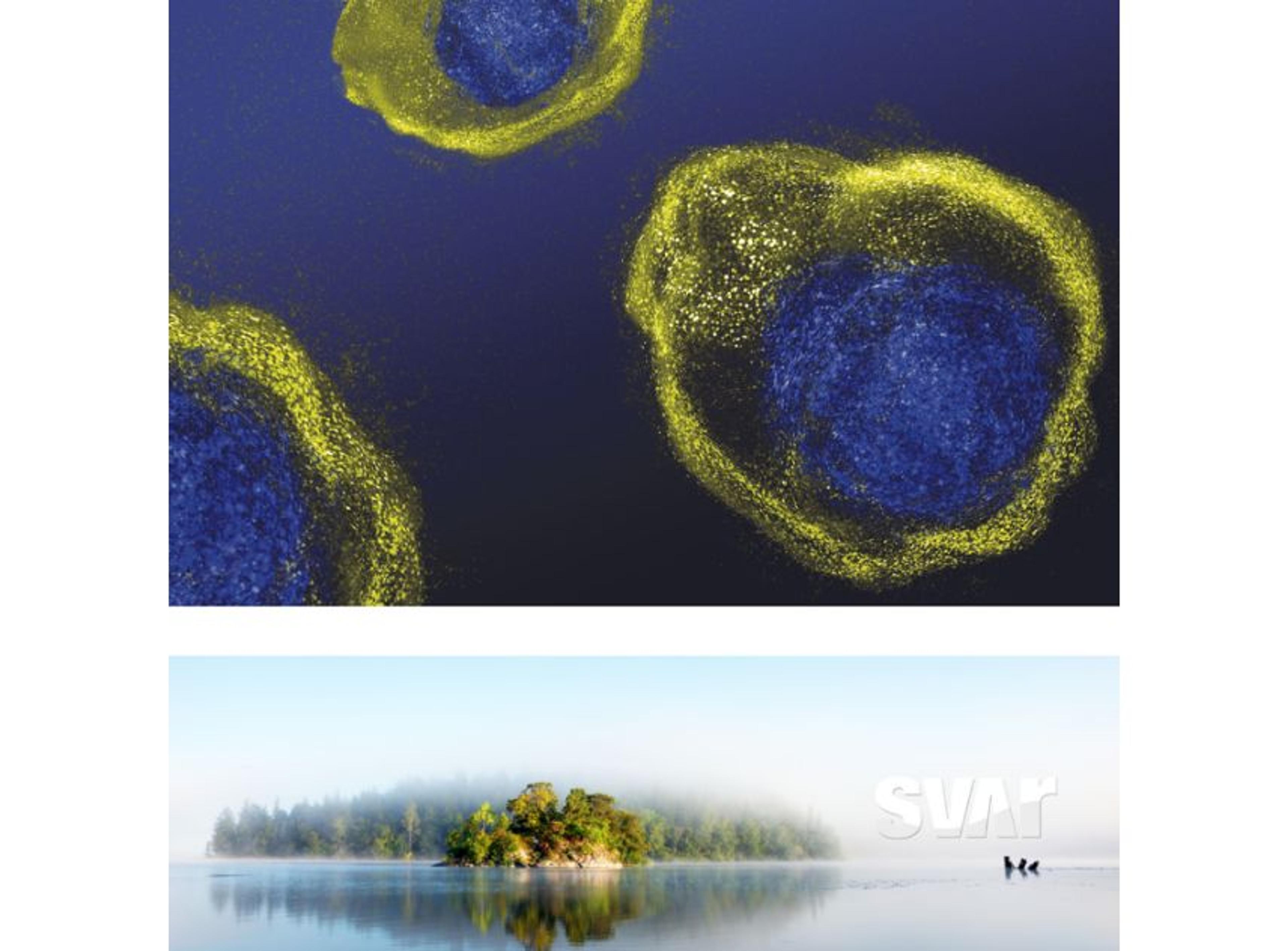The development of robust cell-based assays for gene therapy: Behind the scenes at Novartis
Learn about the key considerations and challenges with developing cell-based assays that represent the functionality and safety of gene therapy products
10 May 2022

Advanced therapeutic platforms like gene and cell therapies offer a promising approach to precision medicine by replacing, inactivating, or introducing genes to targeted cells or tissues.
While seemingly straightforward in theory, the assessment of such drug products - especially to confirm the identity, purity, functionality, efficacy, immunogenicity, and safety - brings a suite of analytical challenges. Developing bioassays that can reliably capture and quantify these critical quality attributes is, therefore, an integral step in drug development.
In this SelectScience® article, we speak with Dr. Harald Messer, Senior Scientist at Novartis Gene Therapies, to dig deeper into the many considerations and challenges associated with developing biologically relevant assays that reflect mechanisms of action (MoA) and drug potency in gene therapies.
The need for robust, customized assays in gene therapy
To be approved by regulatory bodies, the ability of a gene therapy product to specifically target the desired cell or tissue and then impart the therapeutic effect needs to be tested and proved with suitable tests. These assays, often cell-based, need to be developed, optimized, and validated such that the readouts truly reflect the drug product’s potency, efficacy, and safety.
With a goal of providing safe and high-quality therapeutics in gene therapy, the team at Novartis Gene Therapies places a high priority on researching and developing fit-for-purpose assays.
“In cell and gene therapies, quality control assays and critical quality attributes need to be developed, tested, and improved early in the pipeline,” says Messer, who is involved in providing global support for analytical method transfers and validations at Novartis Gene Therapies. “One of the challenges seen in developing analytical methods is having assays that are representative of the manufacturing process. The sooner it’s possible to develop these methods and establish reference standard programs, the better.”
To monitor the specificity, sensitivity, and relevance of test methods, Novartis Gene Therapies has method-trending and ‘robustability’ programs in place. With complex capsid vector cassettes now being developed, the assays need to reliably capture the MoA. “As the complexities of cell-based assays continue to increase, so have the standards set by regulatory agencies,” notes Messer. “Off-the-shelf assays are no longer sufficient. We need better models to predict what happens at the cellular level in the body after the drug is administered.” For instance, cell-based assays that can monitor immunogenicity profiles will need to be customized, which introduces new challenges into the lab.
Additionally, the assays used also need to factor in neutralizing antibodies and dosage-based effects of the drug product. “We know from clinical data that a high dose of therapy can drive unwanted T-cell responses in the host, which can reduce the efficacy of the drug product,” Messer continues. “However, coming in at too low of a dose can also drive unwanted anti-AAV antibodies that may lead to neutralization. And then there are some rare individuals that can have AAV-triggered immune responses even in immune priveleged organs. All of these scenarios need to be taken into consideration when developing analytical methods.”
A matrix-based approach for analytical testing
In finding and developing the most suitable assays for a gene therapy product, contract research organizations (CROs) may be leveraged. In doing so, decisions regarding the critical quality attributes for the drug product need to be first made internally before partnering with external service providers.
“In early phases such as phase I/II, drug development teams may have qualified non-compendial methods, but these assays then need to be validated before going to phase III. Ideally, these need to be validated using the ICH Q2 method validation,” says Messer. “Again, the assays need to represent the growing complexity of these drugs and their cellular targets in rare diseases which include the expanding gene silencing, gene editing, gene addition, and CAR-T fields.”
Given the myriad of variables that need testing, one type of assay may not be sufficient to fully demonstrate the functionality or potency of the drug product. “At Novartis Gene Therapies, we're taking a matrix-based approach towards analytical testing to broaden the quantifiable results that measure the underlying biological activity or correlate with the intended therapeutic effect,” says Messer. “Orthogonal methods such as next-generation sequencing are also combined with in vitro cell-based assays to show the functionality of our drug product and the consistency in the manufacturing processes.”
Key considerations for potency testing
In an effort to accelerate timelines and minimize variabilities and complexities, the use of in vitro assays on specialized cells or transgenic cell lines is now preferred over in vivo tests, as data interpretation from these in vivo models can be challenging when the MoA are multi-faceted.
To perform potency tests, i.e., tests that measure the functional activity of the drug product, the Novartis team employs the iLite® cells developed by Svar Life Science.
The iLite technology is an engineered cell-based assay system with a dual reporter gene readout. When a ligand, in this case, the gene therapy product, binds to its receptor on the iLite cell surface, an intracellular signaling pathway is activated. This triggers the transcription of a highly specific reporter gene coding for luciferase which, in turn, generates light when a substrate is added. The amount of light generated by the luciferase directly correlates with the underlying drug activity. Additionally, a second reporter coding for renilla luciferase, a normalization gene, is also present. This can be used as an internal control to measure signal background so that differences in cell numbers or cell viabilities between assays can be accounted for.
Made available in an assay-ready format, the iLite cell lines can be used in numerous applications, including gene therapy analytical tests, as seen at Novartis where team members use them in automation workflows to demonstrate consistency.
“Svar are well-known for its iLite cell lines. The data from their custom reporter assays using these engineered iLite cells addresses some of the challenges we face with AAV cell-based assays, especially when there are cell-specific promoters,” explains Messer. “These cell lines are promising in applications with complex MoA where there may not be a direct correlation between expression and functionality.”
The growing pipeline of AAV-based gene therapies
Although the principle of cell and gene therapy may seem straightforward, the complexity and scope of the analytical methods associated with this technology are not. They are extremely challenging to develop successfully, and sometimes expert help is needed.
Novartis Gene Therapies has a plethora of projects underway at anytime, with 6 gene therapy projects currently in its pipeline. Luckily, Svar Life Science is in a unique position to support progress of these projects, with help from its robust platforms and extensive knowledge within the field of cell-based assays, immunogenicity, and drug development.
“I’m particularly excited about the growing pipeline of ocular gene therapies for inherited retinal dystrophies that use optogenetics,” says Messer. “With each project, there are new analytical methods being developed, so we can ensure the efficacy and safety of these AAV-based therapies for our patients, and Svar is an ideal partner to ensure the success of this work.”

